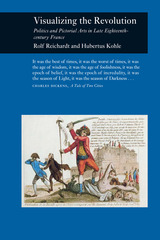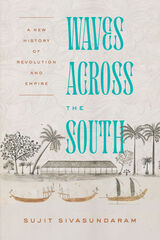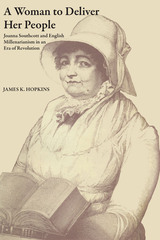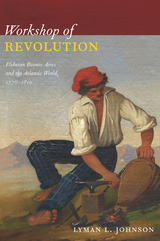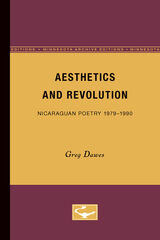Lived Time: Phenomenological and Psychopathological Studies
Northwestern University Press, 2019
Paper: 978-0-8101-4059-2 | Cloth: 978-0-8101-4060-8 | eISBN: 978-0-8101-4061-5
See other books on: Movements | Phenomenology | Psychology | Psychopathology | Zahavi, Dan
See other titles from Northwestern University Press
Paper: 978-0-8101-4059-2 | Cloth: 978-0-8101-4060-8 | eISBN: 978-0-8101-4061-5
ABOUT THIS BOOK | AUTHOR BIOGRAPHY | REVIEWS | TOC | REQUEST ACCESSIBLE FILE
ABOUT THIS BOOK
Eugène Minkowski’s Lived Time articulates a phenomenology of time that is as inspired by the philosophical writings of Henri Bergson and Edmund Husserl as it is by the psychiatric descriptions of Eugen Bleuler. After providing a phenomenological description of the experience of time in normal life, Minkowski considers a number of mental illnesses, including schizophrenia, manic depression, and dementia, and he attempts to show that these pathological cases can be characterized in terms of a distortion of lived time and space.
First published in French in 1933 as Le temps vécu, this edition of this classic work of phenomenological psychiatry and psychopathology includes a new foreword by Dan Zahavi that presents some of Minkowski’s main ideas and discusses his contemporary relevance.
First published in French in 1933 as Le temps vécu, this edition of this classic work of phenomenological psychiatry and psychopathology includes a new foreword by Dan Zahavi that presents some of Minkowski’s main ideas and discusses his contemporary relevance.
See other books on: Movements | Phenomenology | Psychology | Psychopathology | Zahavi, Dan
See other titles from Northwestern University Press


